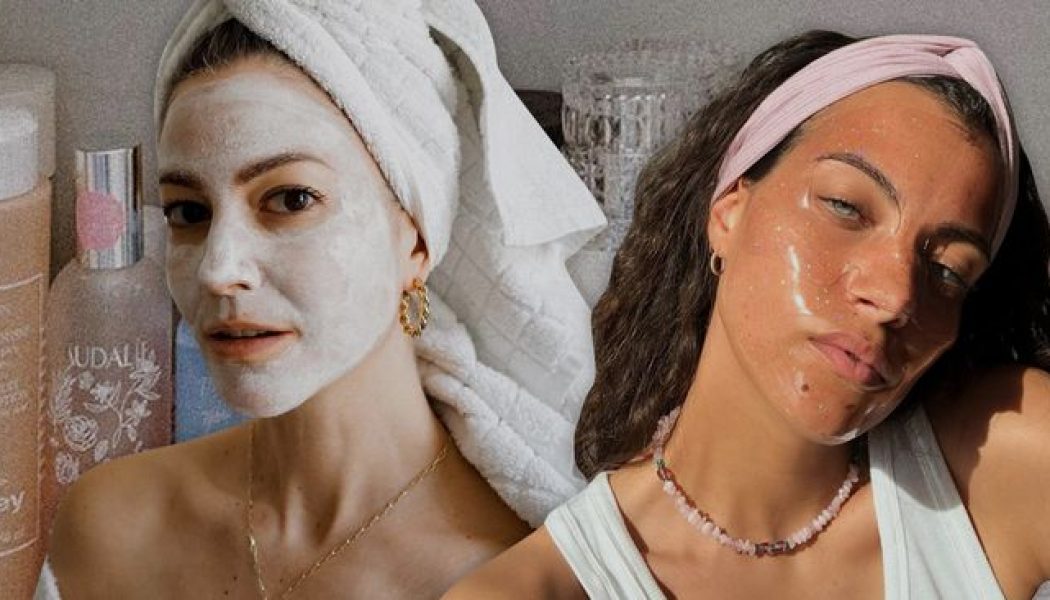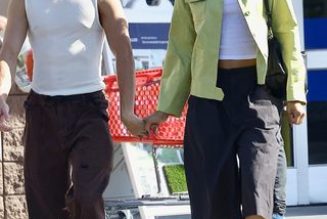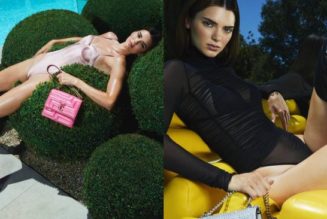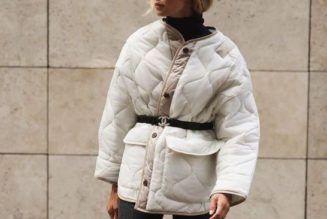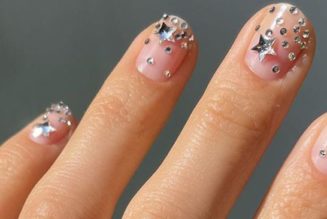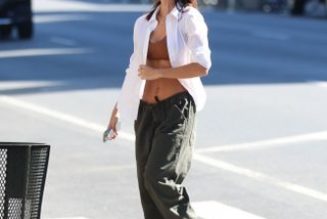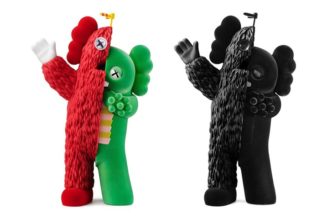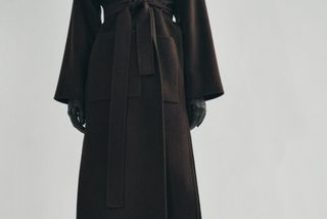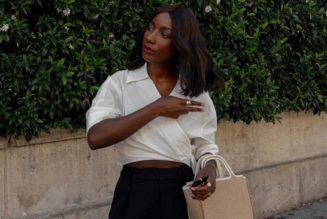
At around this time every year, the beauty industry starts looking back. Brands analyse sales data and marketing successes, retailers and buying teams look at growing trends, while beauty editors and influencers trawl through the past 12 months’ worth of content to see what worked and what didn’t. The aim, of course, is to create some sort of yearly overview that will help predict the trends for the following year and essentially form some sort of plan. And with heaps of figures, data and research, it’s safe to say that more often than not, things pan out as expected, with the industry running like clockwork year in, year out, based off its forecasts. This year, however, beauty got a reality check.
For many moons, the industry has been composing a particularly lucrative narrative: The elixir of youth is always just around the corner. Whether it be in the form of a potent retinol serum, a gloss-enhancing hair mask or a glow-boosting highlight, our quest for eternal beauty is what keeps us, as consumers, trapped in a cycle of buying. But 2020 had different plans, and for the first time in decades, the founding core of the beauty industry was challenged.
While beauty trend reports usually point us towards frivolous new-gen textures and ancient undiscovered ingredients, like snow mushroom and cica, this year, you can expect to see no such thing. There’s no doubt that every industry has been drastically impacted by the events of 2020, however the beauty industry has been totally flipped on its head, but in a rather different way. For starters, while other industries faced plummeting sales during lockdown, beauty retailers faced mass shortages as sales of beauty products boomed.

